On February 15, 2017, Starbucks customers in Canada have a new option for their espresso beverages: They can choose Blonde Espresso Roast for any espresso beverage. I was pretty curious to try this, so I drove up north and decided to check it out.
Take a look at the beauty of the Blonde Espresso Roast side by side with the traditional Starbucks Espresso Roast:
Here’s just the Blonde Espresso Roast beans:
I walked into a Starbucks right when a partner was refilling the bean hopper, and so I snapped one very quick photo of it in the machine. As you can see, stores use their decaf hopper of one of their machines for the Blonde Espresso Roast. I asked for a tiny bit of it scooped out so I could compare the beans.
You can totally see that it is much lighter than traditional Espresso Roast. Starbucks Blonde Espresso Roast is all-new blend. Starbucks describes complimentary flavors as lemon, caramel, and orange. It’s a blend of Latin American and East African beans, to create a lovely medium body, medium acidity coffee. It’s sweet and smooth.
Several partners I talked to all recommended it especially for iced beverages, for a super sweet and light iced espresso drink.
I tried an iced Blonde Vanilla Almond Milk Latte side by side with a normal iced Vanilla Almond Milk Latte. (That’s a promoted drink right now.)
There are a couple of important things to notice in that picture. First off, the Blonde Vanilla Almond Milk Latte is noticeably lighter than the traditional drink. Also, it has its own cup code which is BAVL. The recipe for any drink with Blonde Espresso is actually different than a standard drink recipe. For whatever size beverage you’re ordering, if you get Blonde Espresso, the barista will make it with one pump less syrup than a standard recipe. This is because the flavor of the Blonde Espresso is more subtle than traditional Starbucks Espresso Roast, so the recipes are designed to not have syrup flavors overpower the beverage. For those who do speak ‘Starbucks cup code’ the V in the syrup box indicates vanilla, and simply indicates that standard number of syrup pumps for that beverage. (I ordered “Tall” beverages, so that standard would be 3 pumps of syrup. The Blonde Espresso beverage then got 2 pumps.)
You can see a difference in the espresso roasts even in an Americano:
Blonde Espresso Roast was launched with its own special cup sleeve too:
So that’s it! It is here now in Canada! I hope you get to try it. I am still more of a fan of the traditional Espresso Roast, but I tried it in a couple of different iced beverages (they’re not all shown here) and I do think in the summer this could be an especially nice option for a light espresso beverage on a hot day. It does somehow work especially well in an iced drink.
One odd thing about Blonde Espresso: I went to more than one store and I overheard multiple partners telling customers that a Blonde Espresso Roast beverage will have more caffeine than a traditional espresso beverage. I don’t know if partners are getting this in training or if this the kind of lore that floats around stores that people don’t research. The question is, “Does a Blonde Roast have more caffeine?”
In my conversations with roasters (I live near the Starbucks Roastery so I get to talk to roasters often), the response I consistently hear is that the difference is so negligible that it is not worth mentioning. It would seem that if you compare one single Blonde Roast bean with one single traditional roast-profile bean, the Blonde Roast profile bean will possibly have ever so slightly more caffeine: Again, I have been told by professionals that the difference is so negligible that it is not right to characterize it as having more caffeine. I remember years ago having this exact same conversation with a coffee professional at the Starbucks headquarters: The difference is negligible.
The real issue is that we do not consume coffee like as if it were a jar of peanuts. (Because the Blonde Roast beans are larger in size than a traditional dark roast profile bean, if we ate coffee like peanuts, we might still end up eating fewer Blonde Roast beans because they’d fill us up faster because they’re bigger beans.)
We grind it up and measure it. At a Starbucks store, this measurement process happens with a scale, or a scoop that has been pre-calculated to give a precise number of grams of coffee. In fact, because the dark roasted beans are smaller in size, when you weigh the number of grams for a shot of espresso, you will need a larger number of dark roasted beans for an espresso shot. Your dark roasted coffee will contain more caffeine than a blonde roast profile coffee, if you’ve gone out to a Starbucks where coffee preparation is precisely done by grams of coffee.
I don’t know anything about this AJ Fresh Roasted Coffee company, but they have a blog post that nails it: The Truth About Caffeine. In fact, I would argue that even if you’re measuring coffee by volume at home, the difference is still negligible. At a Starbucks store where coffee is prepared using grams of coffee, it is not true to assert that the Blonde Roast has more caffeine.
What Blonde Roast Espresso does do is this: It offers you a whole new flavor profile to experiment with, which may be particularly suited for iced espresso drinks.
Enjoy!
Related posts
8 Comments
Leave a Reply Cancel reply
You must be logged in to post a comment.
Sponsors
Recent Comments
- DEVIN on Compostable Straws Land in Seattle Starbucks Stores
- coffeebeanz on Why do you go to Starbucks less often? (If that’s true for you)
- Willi on You can now buy a Siren statue: $6,000
- Willi on A major revamp of your drink recipe: Testing syrup extracts and cane sugar
- Skip on Why do you go to Starbucks less often? (If that’s true for you)



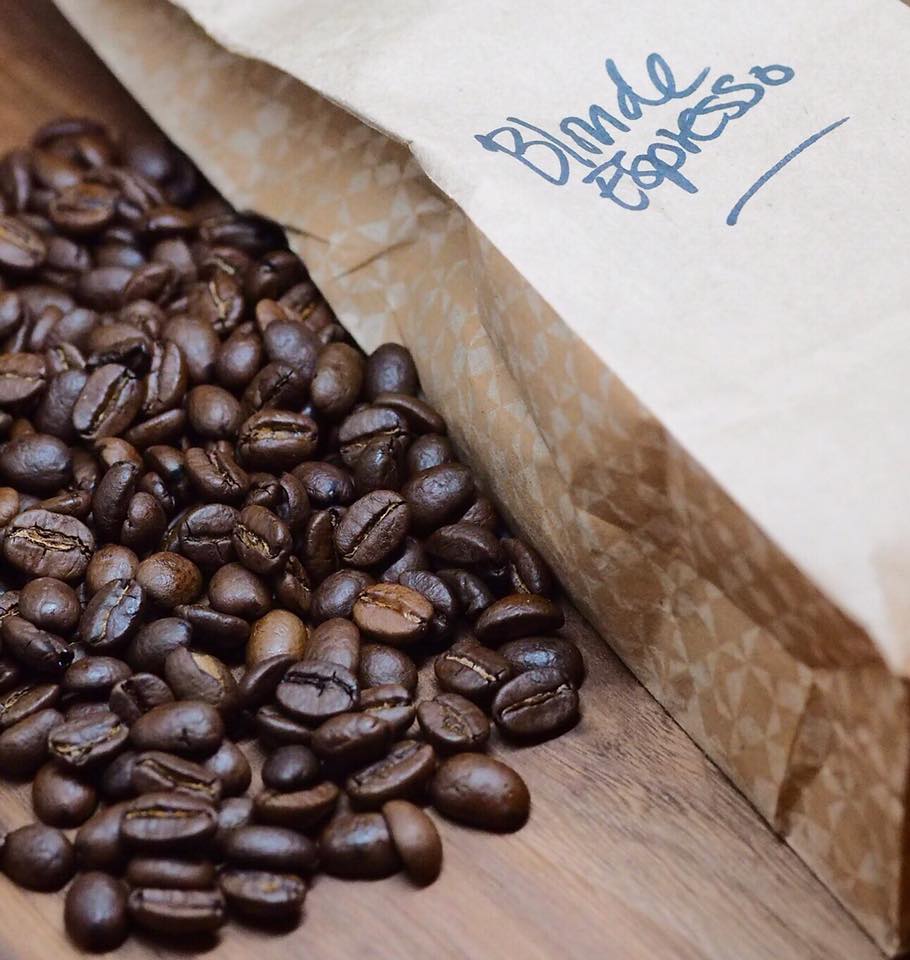
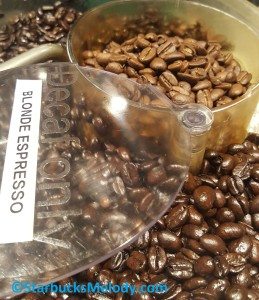
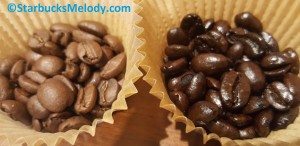
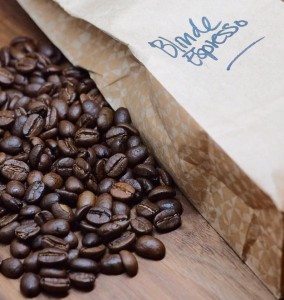
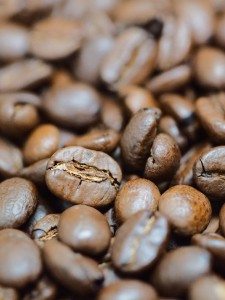
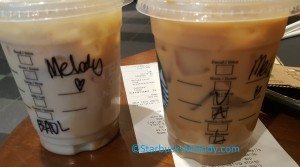
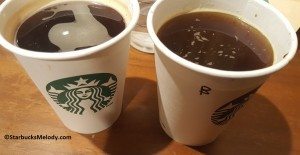
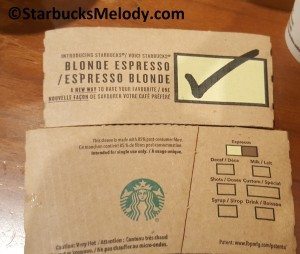
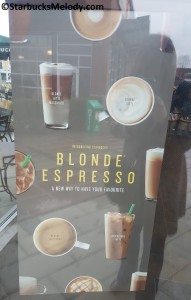
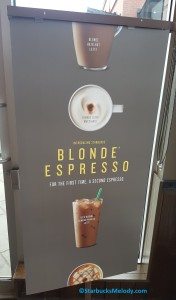



Just as a heads up, it’s important to note that only the feaured beverages that contain Blonde Espresso Roast will have one less pump of syrup. For all other beverages where you would like to substitute Blonde Espresso for the traditional Espresso they would not, like say a White Mocha or Caramel Machiatto. It is recommended that the Partner on register recommend to the customer that they use one less pump and why though. As a lover of dark roasts and our Espresso Roast I wasn’t sure if I would like this but it has really grown on me and does shine in Iced drinks for sure! I do like to throw an extra shot in from time to time. Read: all of the time. Lol.
Just this week, I had someone tell me about differing caffeine levels between roasts, which I’d never heard before. Looking at the nutrition pages on Starbucks.com, a grande Blonde Roast is estimated at 360mg, a grande Pike Place at 310mg, and a grande Dark Roast at 260mg. A solo Espresso Roast is estimated at 75mg. The Canadian site doesn’t have the same level of detail, but I can understand why Partners would say that Blonde Espresso would have more caffeine than Espresso Roast given the differences Starbucks.com shows between brewed coffees.
Melody,
Did that Vancouver store also have Clover X for you to try?
Thank you for testing the Blonde Espresso for us, I was waiting for your opinion before ordering one myself.
Thanks for this note. I’m eager to try the new beans once that’s an option. And yes, the Clover X. I have asked even some brewmasters at the bigger Colorado Starbucks and they don’t even know what it is. 😐
Tried the Blonde Hazelnut Latte today, it was quite good… because of the reduced number of syrup pumps, this wasn’t sickly sweet like I come to expect from Starbucks syrupy drinks; it was more like the Cascara Latte in terms of sweetness level. Thanks for recommending it, Melody!
This is a great Starbucks stop-very easy off the 84. It will become a regular coffee break spot for us whenever we travel that way! Clean and comfortable with an abundant selection of sandwiches and pastries. My pour-over blonde was delicious!
Where can I buy ground or nong round BLONDE Espresso coffee beans to use them in one of those disposable pods/capsules in a Tassimo, Verismo, or Nepresso single cup espresso machines?
Thank you
It’s so yummy – it’s my go to Drink (Toffee Nut + Lactose Free). I’m wondering though, does anyone know the mg of Caffeine in a Tall vs Non-Blonde roast? I can’t seem to find if there’s a difference.